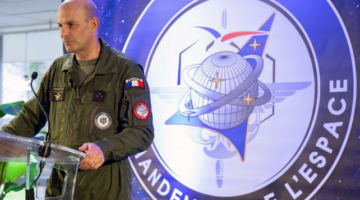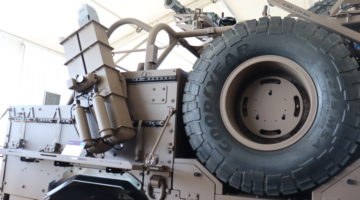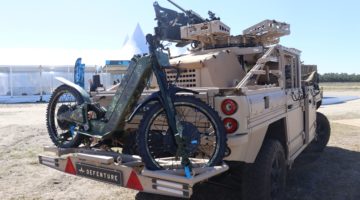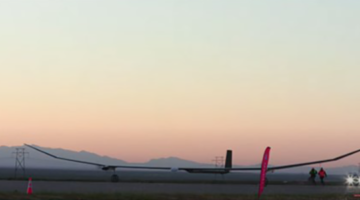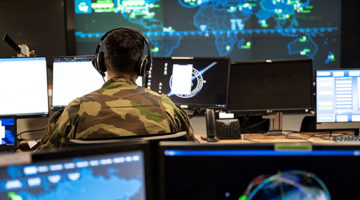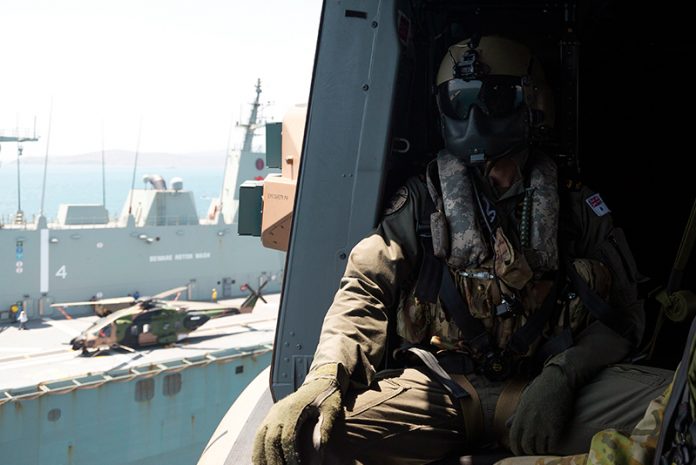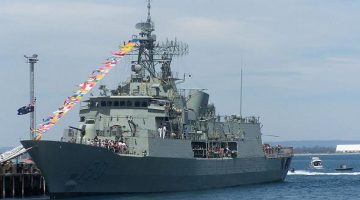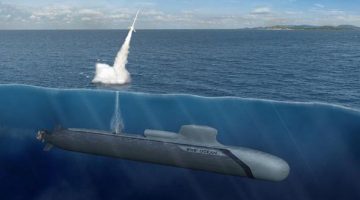(Source: Asian Military Review – Dr Lee Willett ) – Competitive advantage
Over the last decade, several factors have converged to shape the future strategic purpose, direction, and output of the Royal Australian Navy (RAN).
The RAN has always possessed the capacity to project power at distance across both the Pacific and Indian oceans. In the South Pacific region, Australia is the major military power. According to Professor Eric Grove, the RAN has a long-established position as a medium regional force projection navy across the entire Pacific region, “with a capacity to deploy usable and useful maritime power far into the Pacific”. As regards Indian Ocean presence, the RAN’s maritime footprint extends from Western Australia to the Northern Indian Ocean and Gulf regions, where RAN ships support several maritime security campaigns including Australia’s national Operation ‘Manitou’ tasking and the US Navy (USN)-led Combined Maritime Forces (CMF) naval partnership.
The last decade, however, saw the Indo-Pacific region perhaps become the first theatre within which the stirrings of superpower competition at sea became evident. This resurgence of maritime competition occurred parallel to a major capability re-capitalisation programme within the RAN. Today, the RAN arguably is renewing its position as a regional naval power, with its presence underpinned by new, state-of-the-art platforms and capabilities such as two landing helicopter dock amphibious ships, three air warfare-capable guided-missile destroyers, nine anti-submarine warfare frigates, 12 diesel-electric submarines, and other core maritime capabilities such as maritime patrol aircraft and offshore patrol vessels.
Globally (including, more recently, in the European theatre), the resurgence of state-based maritime competition has raised fears of increased conflict risk. In the Indo-Pacific theatre, the growing presence of China’s People’s Liberation Army Navy (PLAN) has brought peer competition for the USN and its allies. As in the European theatre, many Indo-Pacific navies are now re-emphasising and refining higher-end operational capabilities.
Perhaps reflecting this re-focus, the RAN’s new Chief of Navy (CN) Vice Admiral Michael Noonan said – in his handover address in Canberra in July 2018 – that the service must “think like a fighting navy, and fight like a thinking navy”. The RAN, he continued, needs to be a “ready, agile, resilient, and lethal fighting force” able to contribute to maritime safety and security, support freedom of navigation and global trade, and “fight and win at sea”.
Winning the fight
As regards winning this fight, while the fleet of new capabilities entering RAN service undoubtedly upgrades its fighting power significantly, the RAN’s people will play a more prominent role, Commodore Justin Jones, the navy’s Commodore Training, told Asian Military Review.
In parallel to introducing its new fleet, the RAN also has been focused on strengthening its people power, including changing how it trains personnel for leadership roles.
“The Australian Navy philosophy – or central concept – is that our competitive advantage is people,” said Jones. “If we truly expect to be able to fight and win at sea in the next conflict, then the true competitive advantage won’t necessarily come from modern ships, modern capabilities, weapons, sensors, and equipment because, in every single part of the continuum to develop those, a human was involved.”
“Ultimately, a human will operate the equipment or set up the equipment even for its automatic responses to different threats,” the commodore continued.
“So we take the view that our capability edge comes from people,” he added. As a result, “You have to invest in people, and that comes through good leadership and management.”
The RAN’s approach to people development is manifested in its ‘New Generation Navy’ cultural reform programme; 2019 is the 10th anniversary of the programme’s introduction. Vice Adm Noonan noted that the Navy’s growth in terms of people skills will be underpinned by “an ‘NGN’ culture” designed particularly to boost personnel recruitment and retention.
Reflecting the enduring emphasis on the ‘New Generation Navy’ concept, Jones said that Vice Admiral Noonan has made clear that people and culture will be “his central focus in terms of the human dimension”. Leadership training is central to this personnel journey, the Cdre added.
Underneath CN, Rear Admiral Mark Hammond as deputy chief of Navy is “the single rallying point” for leadership development “because his role is dual-hatted also as Head of Navy People and Training”, said Jones. Under Rear Adm Hammond, Commodore Tony Partridge as Director General Navy People owns the leadership and culture development programme, with Cdre Jones as Commodore Training owning the leadership and promotion training programme.
The two branches “work very closely … to make sure that we’re always working complimentarily to each other and in collaboration”, said Cdre Jones. “We design our leadership training with reference to them and vice versa.”
Leadership training
As the RAN itself has developed, Cdre Jones noted that the service’s “leadership training has evolved over time” too, for example with a leadership training course now attached to each step of the promotion path for sailors of all ranks. Such promotion courses are now “heavily leadership-training centric”, he said. (…)
“The most extensive probably exists at the Leading Seamen level,” he added. This course covers basic leadership theory and style; the role of command; motivation techniques; ethics in leadership; leadership, team concepts, and team effectiveness; and mentoring, situational leadership, problem-solving, and decision making. (…)
READ FULL ARTICLE >>> https://asianmilitaryreview.com
Photo Credit >>> Department of Defence, Commonwealth of Australia, as published in ibid


